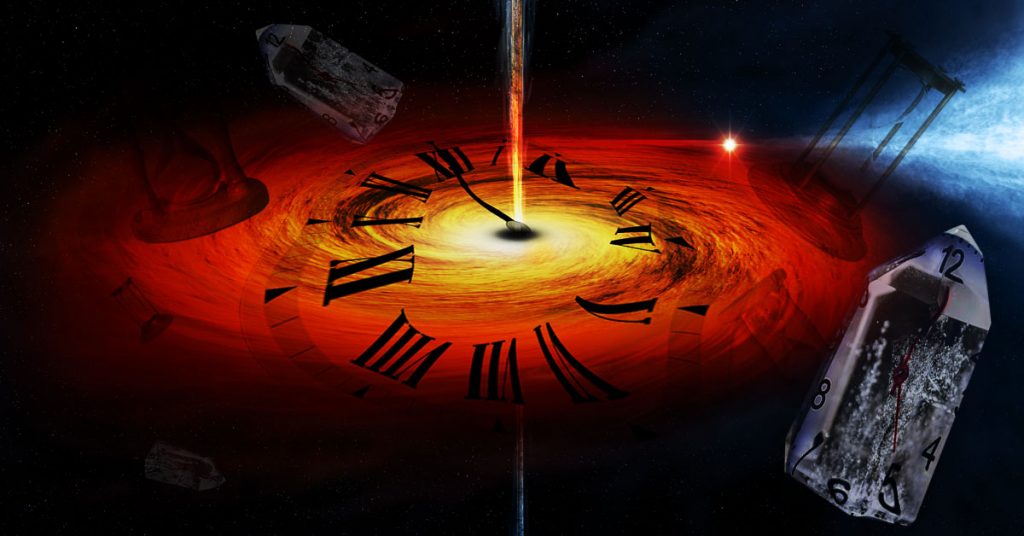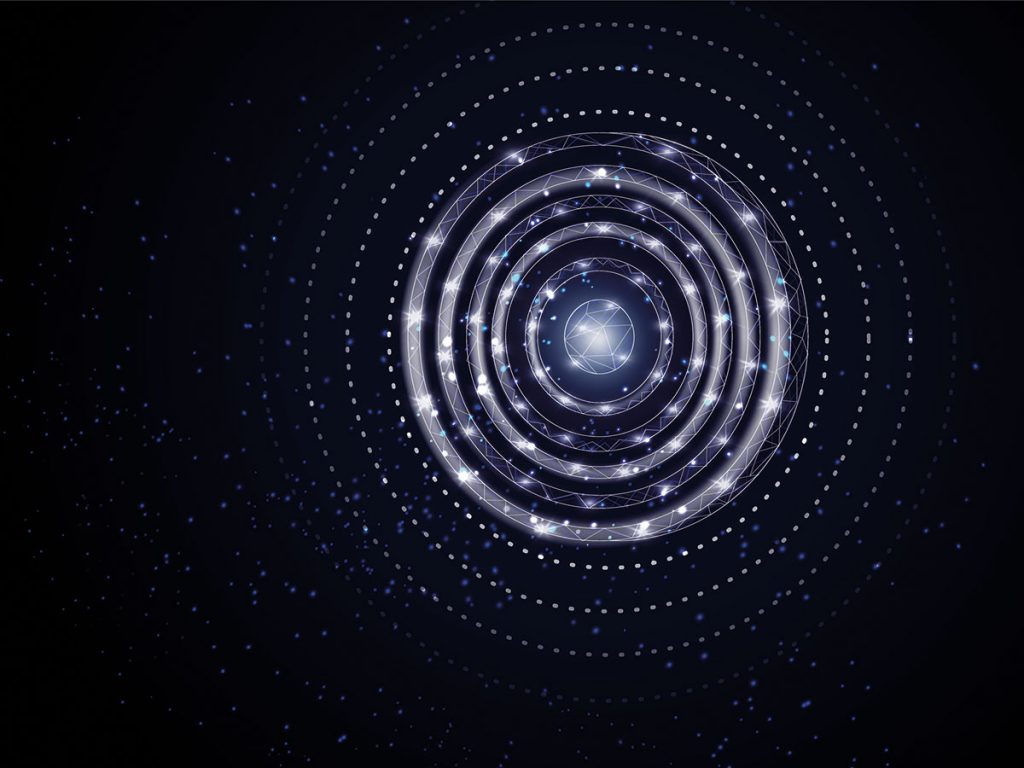A massive global effort is underway to create a computer capable of harnessing the power of quantum physics to perform extraordinarily complex computations. While severe scientific barriers obstruct the development of such a quantum computer, today’s early prototypes are capable of miracles.
Take, for example, the emergence of a new matter phase known as a “time crystal.” Like the structure of a crystal, a time crystal repeats in time indefinitely and without further energy input – similar to a clock that runs endlessly without batteries. The search for this phase of matter has long been a theoretical and experimental challenge, but now it has been accomplished.

A team of scientists from Stanford University, Google Quantum AI, the Max Planck Institute for Physics of Complex Systems, and Oxford University describe how they used Google’s Sycamore quantum computing hardware to create a time crystal in a paper published in Nature.
“The big picture is that we are taking the devices that are meant to be the quantum computers of the future and thinking of them as complex quantum systems in their own right,” said Matteo Ippoliti, a scholar at Stanford and co-lead author of the study.
“Instead of computation, we’re putting the computer to work as a new experimental platform to realize and detect new phases of matter.”

The researchers used a laser to blast a lattice of 20 qubits to start the “ticking” (quantum bits of information). The qubits flip their spins, disrupting time translation symmetry and generating a time crystal, would only every two laser pulses. The researchers claim that this is the first time a crystal has shown “many-body localization,” a property that keeps crystals stable.
In this experiment, the scientists could only evaluate the system for a few hundred cycles. Still, they say that using simulations run by the quantum computer; they could test the long-term stability of the time crystals.
“We managed to use the versatility of the quantum computer to help us analyze its own limitations,” says Roderich Moessner, co-author of the study. “It essentially told us how to correct for its own errors so that the fingerprint of ideal time-crystalline behaviour could be ascertained from finite time observations.”

The team’s accomplishment piques their interest not only because it generates a new phase of matter but also because it opens up new zones in condensed matter physics, which investigates unexpected events and characteristics induced by the collective interactions of several objects in a system.
“Time-crystals are a striking example of a new type of non-equilibrium quantum phase of matter,” said Vedika Khemani, assistant professor of physics at Stanford and a senior author of the study.
“While much of our understanding of condensed matter physics is based on equilibrium systems, these new quantum devices are providing us a fascinating window into new non-equilibrium regimes in many-body physics.”
The research was published in the journal Nature.


